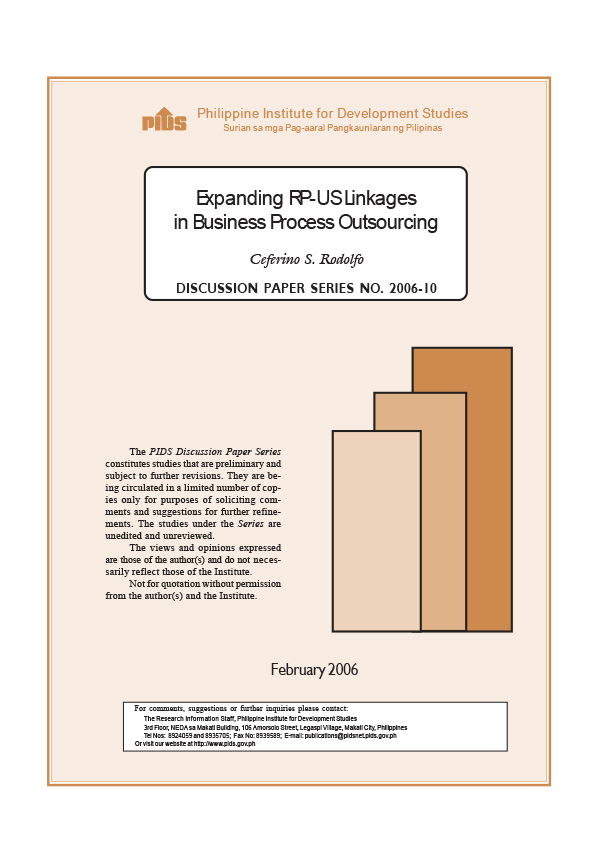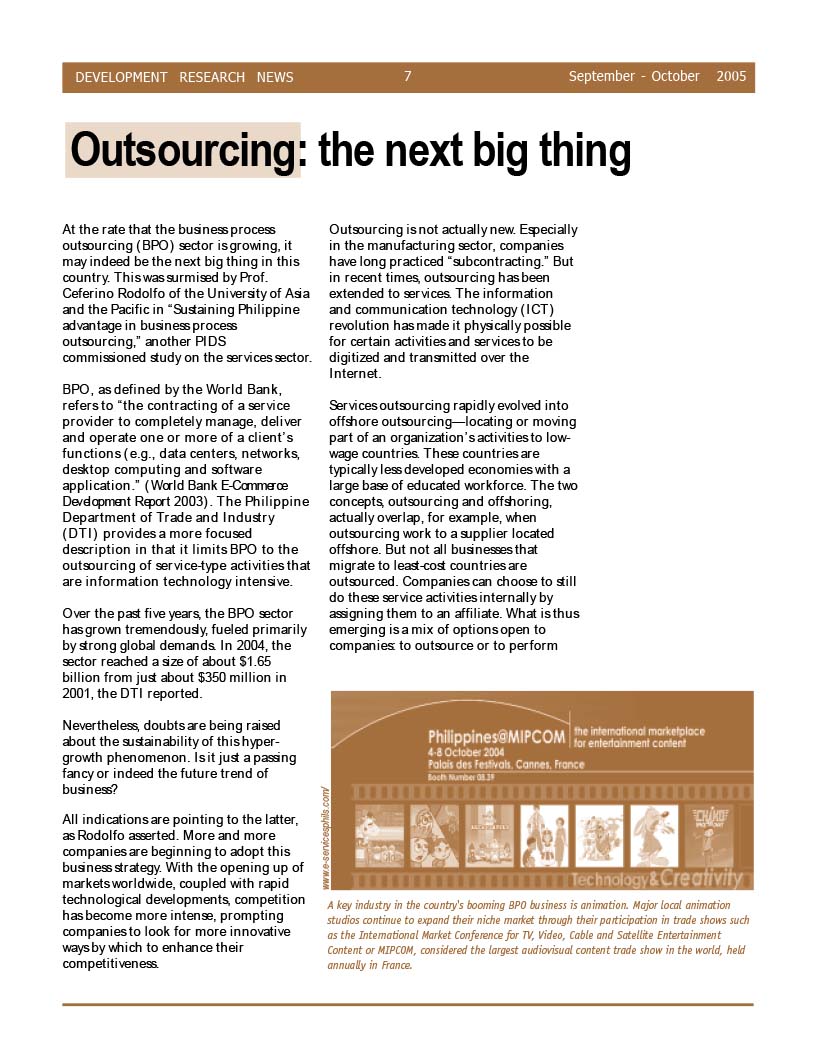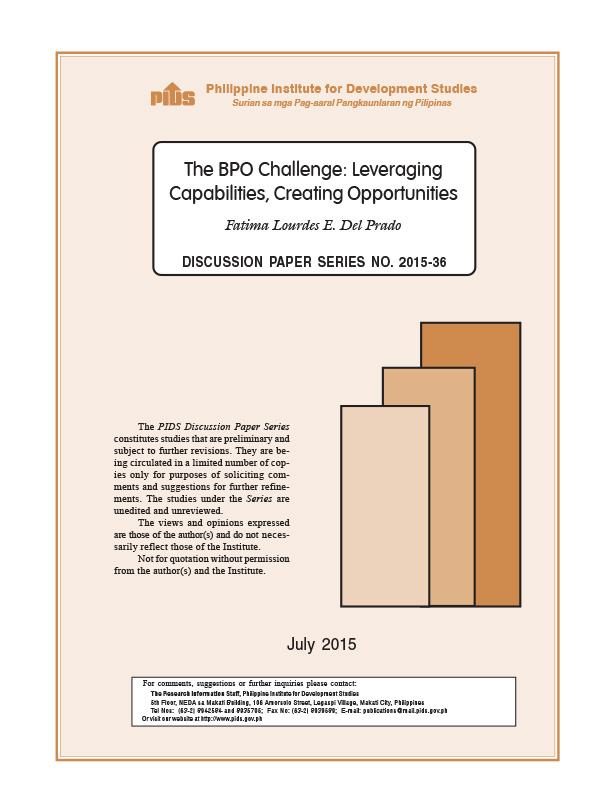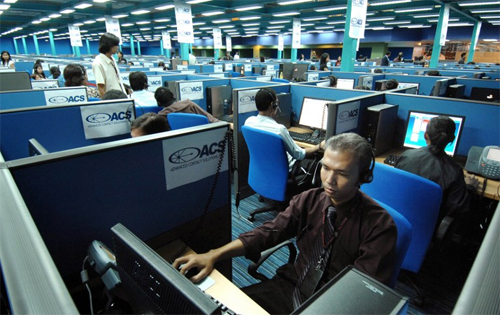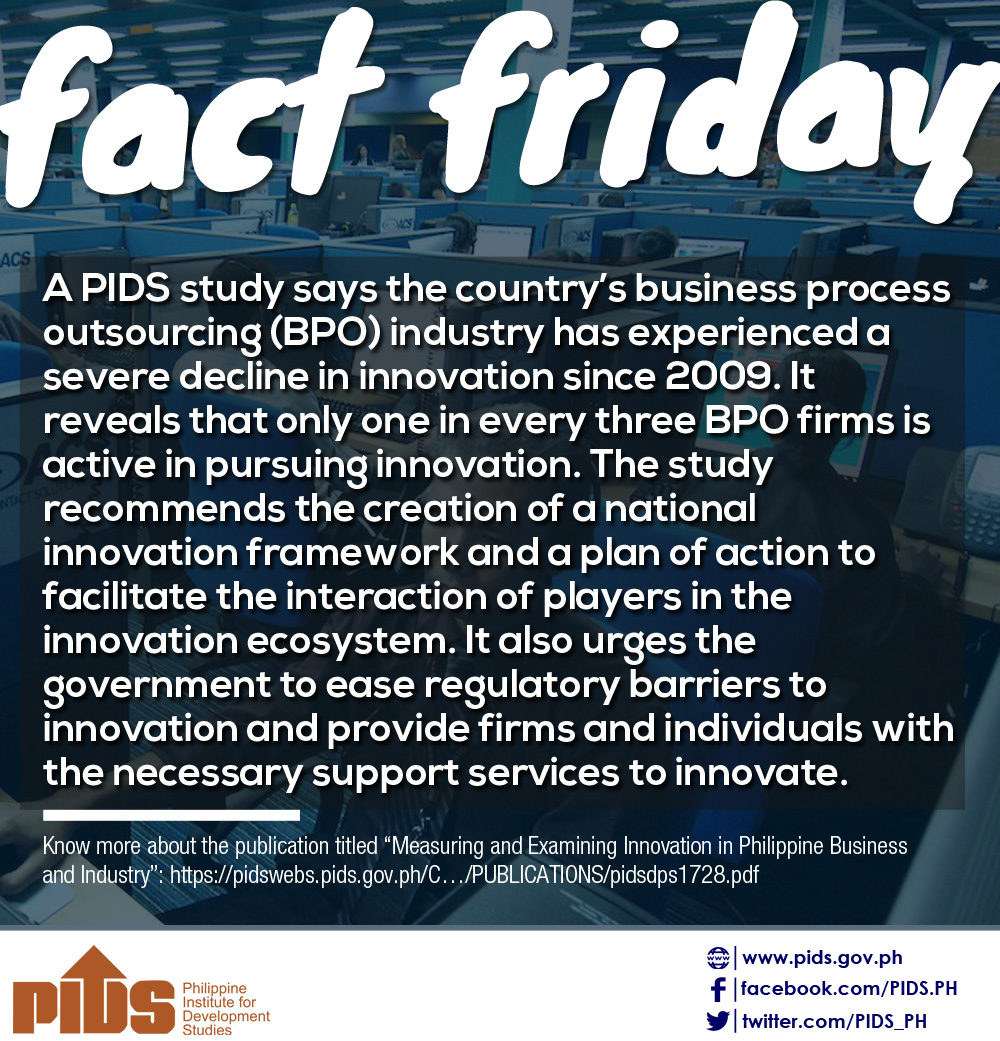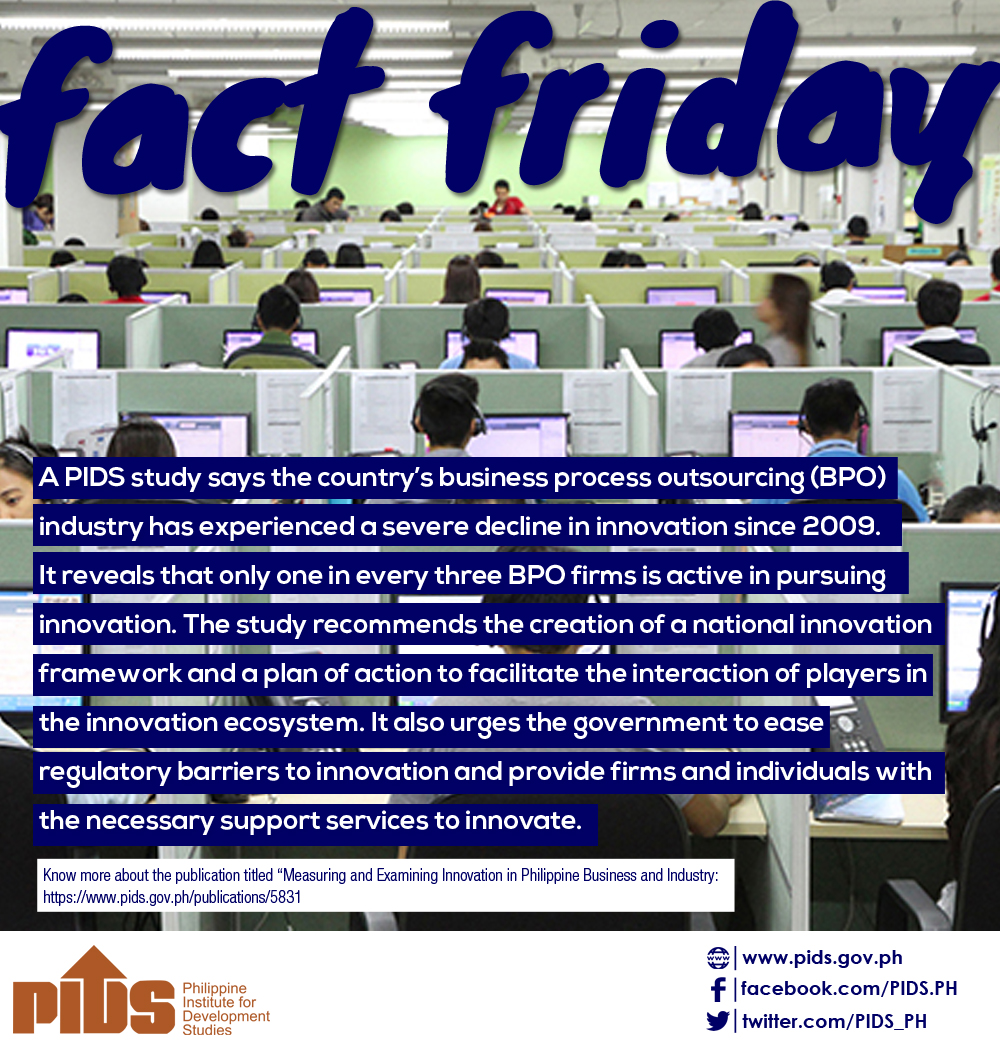Outcomes – are delivered consistently to a high quality and to a rational, clearly established process is something that Hammerjack has been very successful at, with the aid of tools like Teams, Office 365, and Dynamics 365.
The rolling out of these Microsoft tools were an integral part of the company’s rapid growth in the past year.
At first, Hammerjack was focusing on a smaller number of clients. They were adopting the clients’ processes, bringing them offshore, but we didn’t have the technology background and the BPO background back then to make managed services really attractive for Australian SMEs,” Mault points out.
You could save up to 70 percent on a seat-leasing arrangement, however to see holistic benefit you would realistically need to pay for a large volume of seats and manage the resources yourself without offshoring experience from 6000 kilometers away, In most cases it’s a false economy with a high turnover rate,” explains Nick Hastings, who oversees business development back home in Australia.
Or, you could save 50 percent, but then have the resource fully managed by us, with the experience, letting you focus on the things that drive your business,” he adds, pointing to the cost differences between managed services and doing it internally.
Hammerjack’s experience shows that SMEs are often much tougher customers than large enterprises – a thought echoed by the state-run Philippine Institute for Development Studies (PIDS) in a study it released.
>Because smaller businesses lack the resources and capacities of large companies, they are often much more averse to perceived risks in both digital transformation and offshoring, even if these offer significant cost savings over time.
The key to a fully managed service is to use effective and efficient collaboration tools. Hammerjack uses the same digital solutions internally that we provide direct to Australian SMEs, enabling a quality outsourced service model for our clients at a lower cost,” Hastings said.
After we came on board in July 2016, we accelerated what Hammerjack could do for SMEs across a wider range of services, and at more competitive transactional pricing. And that was done by embedding key processes in an approach to driving productivity and quality, and through adopting Microsoft technology,” he adds.
When the company started, they had an array of different applications, and it was really messy.
The applications weren’t talking to one another, and they had an application for this and an application for that. Once, we switched everything over to Microsoft, we could collaborate more easily to put together proposals, while making our service delivery more efficient as well.
The PIDS study also suggests that cost remains a big hurdle for many Australian SMEs, a fair conclusion considering that these businesses don’t have the economies of scale needed for traditional offshoring to work. Hammerjack solves this problem by offering a transactional model for offshore services, in contrast to more common seat-leasing and its co-managed resources.
The Microsoft stack helps us maintain a cross-functional team of skilled people, letting us queue work and offer transactional pricing to SMEs instead of a fully dedicated resource, which can be a bit concerning for small businesses.
If you give them an option to pay just for a transaction or an outcome, like better customer engagement or optimizing operations in one instance, then it becomes something smaller businesses are more willing to try. It’s low-cost and low-risk, and it lets them see if IT-enabled offshoring is something they’ll want to commit to more in the long-term,” Mault said speaking about the efficiencies borne by digital transformation are a prerequisite for this transactional offering:
It’s natural with the rate of change we’re seeing that if you’re not responsive, small businesses get nervous, this takes focus and capacity off their core business, so it’s very important to provide a proactive flow of information and hit the right answer quickly, that’s something that Microsoft is allowing us to do,” Hastings concludes as he says that start-ups need to be flexible, which makes a cost-effective transactional model more appealing.
It’s also important to understand SMEs are constantly learning, so there’s a need to take them through a journey towards successfully leveraging digital, whether that be rolling out Dynamics 365 (CRM) into their business or taking some of their internal processes to the Philippines,” he adds.
If you’re talking about digital transformation, and not pursuing that transformation yourself, then you’re probably not the right partner for start-ups. Dealing with new technology has given us credibility in the eyes of many small businesses.” he adds.
The rolling out of these Microsoft tools were an integral part of the company’s rapid growth in the past year.
At first, Hammerjack was focusing on a smaller number of clients. They were adopting the clients’ processes, bringing them offshore, but we didn’t have the technology background and the BPO background back then to make managed services really attractive for Australian SMEs,” Mault points out.
You could save up to 70 percent on a seat-leasing arrangement, however to see holistic benefit you would realistically need to pay for a large volume of seats and manage the resources yourself without offshoring experience from 6000 kilometers away, In most cases it’s a false economy with a high turnover rate,” explains Nick Hastings, who oversees business development back home in Australia.
Or, you could save 50 percent, but then have the resource fully managed by us, with the experience, letting you focus on the things that drive your business,” he adds, pointing to the cost differences between managed services and doing it internally.
Hammerjack’s experience shows that SMEs are often much tougher customers than large enterprises – a thought echoed by the state-run Philippine Institute for Development Studies (PIDS) in a study it released.
>Because smaller businesses lack the resources and capacities of large companies, they are often much more averse to perceived risks in both digital transformation and offshoring, even if these offer significant cost savings over time.
The key to a fully managed service is to use effective and efficient collaboration tools. Hammerjack uses the same digital solutions internally that we provide direct to Australian SMEs, enabling a quality outsourced service model for our clients at a lower cost,” Hastings said.
After we came on board in July 2016, we accelerated what Hammerjack could do for SMEs across a wider range of services, and at more competitive transactional pricing. And that was done by embedding key processes in an approach to driving productivity and quality, and through adopting Microsoft technology,” he adds.
When the company started, they had an array of different applications, and it was really messy.
The applications weren’t talking to one another, and they had an application for this and an application for that. Once, we switched everything over to Microsoft, we could collaborate more easily to put together proposals, while making our service delivery more efficient as well.
The PIDS study also suggests that cost remains a big hurdle for many Australian SMEs, a fair conclusion considering that these businesses don’t have the economies of scale needed for traditional offshoring to work. Hammerjack solves this problem by offering a transactional model for offshore services, in contrast to more common seat-leasing and its co-managed resources.
The Microsoft stack helps us maintain a cross-functional team of skilled people, letting us queue work and offer transactional pricing to SMEs instead of a fully dedicated resource, which can be a bit concerning for small businesses.
If you give them an option to pay just for a transaction or an outcome, like better customer engagement or optimizing operations in one instance, then it becomes something smaller businesses are more willing to try. It’s low-cost and low-risk, and it lets them see if IT-enabled offshoring is something they’ll want to commit to more in the long-term,” Mault said speaking about the efficiencies borne by digital transformation are a prerequisite for this transactional offering:
It’s natural with the rate of change we’re seeing that if you’re not responsive, small businesses get nervous, this takes focus and capacity off their core business, so it’s very important to provide a proactive flow of information and hit the right answer quickly, that’s something that Microsoft is allowing us to do,” Hastings concludes as he says that start-ups need to be flexible, which makes a cost-effective transactional model more appealing.
It’s also important to understand SMEs are constantly learning, so there’s a need to take them through a journey towards successfully leveraging digital, whether that be rolling out Dynamics 365 (CRM) into their business or taking some of their internal processes to the Philippines,” he adds.
If you’re talking about digital transformation, and not pursuing that transformation yourself, then you’re probably not the right partner for start-ups. Dealing with new technology has given us credibility in the eyes of many small businesses.” he adds.

